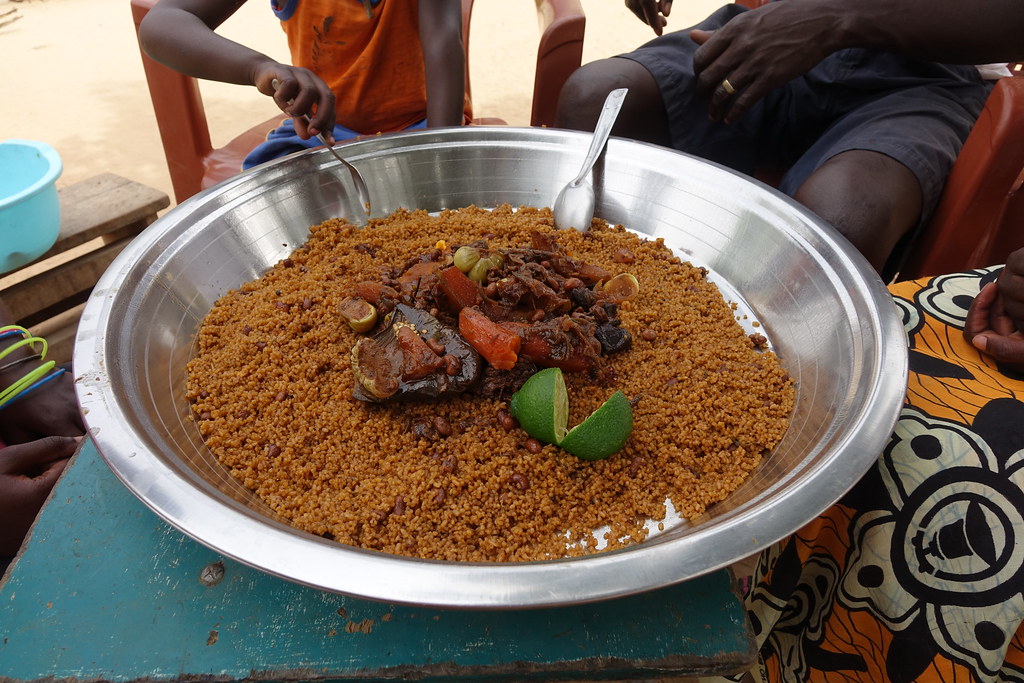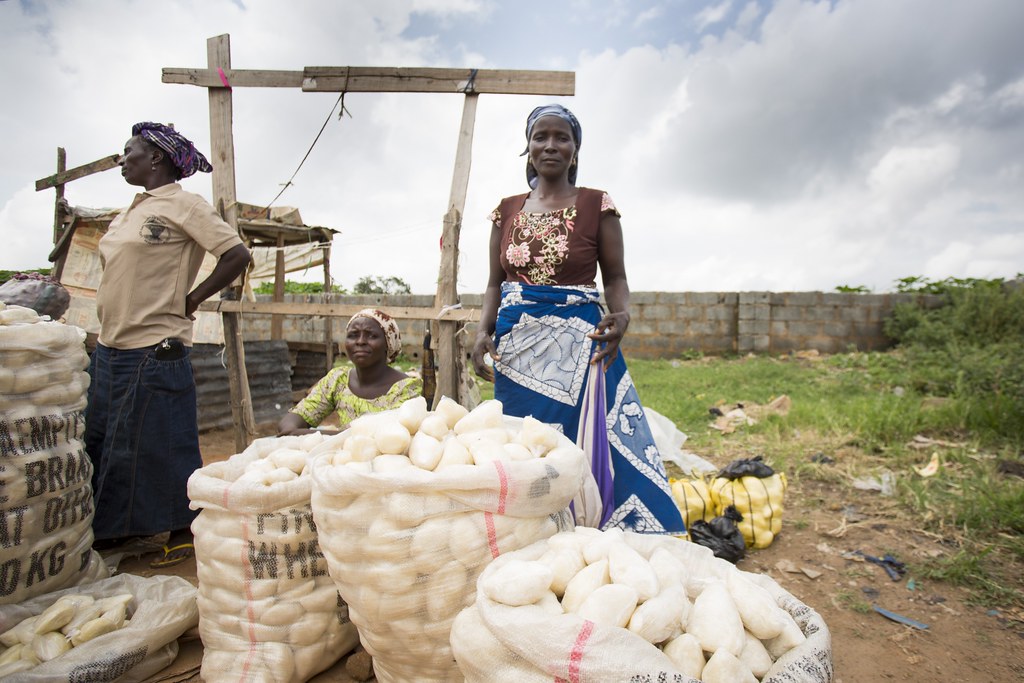There is no denying the massive culinary impact and influence that West Africa has had across the globe. Here we’ll dig into some of the modern masterpieces of West African cuisine as well as explore some of the history that influenced its creation.
16 Nations of Deliciousness
West African cuisine combines various ingredients, recipes, and cultures from it’s 16 regional countries. Throughout centuries of history, West Africa’s interactions with outside cultures, from the Middle East to Europe, have influenced their own culinary habits and traditions, as well as the cuisines of others.
During the Conquest of Africa (the invasion, occupation, division, and colonization of Africa by European powers), colonial traders began exporting and importing ingredients from West Africa to the rest of the world. Ingredients such as black-eyed peas, rice, sorghum, millet, palm, okra, rice, and kola nuts (one of the original ingredients in Coca-Cola) were all exported from West Africa. From the Americas, yams, cassava, corn, peanuts, chili peppers, plantains, and tomatoes were imported to West Africa.

During colonization, West African borders were recreated with little regard to existing territories. This forced amalgamation of African people shifted the food culture. Over that time, the region changed from having these very sharply self-identified cooking styles of individual groups to a larger West African culinary conglomerate. Unlike other colonized countries and regions, however, West Africa did not adopt the cooking styles of their colonizers. Instead, West Africans prepared these new ingredients in the way that suited their palates.
Iconic Dishes of West Africa
Now that we have identified the ingredients that were introduced to West Africa and the indigenous ingredients that came together to make up the bulk of West African cuisine, let’s explore the region’s iconic dishes.
Jollof Rice is heralded as the king of all West African meals. The basics of jollof involve rice simmered with tomato, broth, and spices (usually spicy peppers as well) with additions of meat, seafood, and vegetables. Each country has their own unique spin on this dish, with intense rivalries between neighboring countries as to whose jollof rice reigns supreme.
Thieboudienne is thought to be the grandfather of jollof rice. This is Senegal’s national dish, a one-pot wonder of rice, tomato sauce, fish, and vegetables.

FuFu is an essential food throughout West Africa. Fufu (translated to mean ‘mash or mix’) is made from boiled and mashed starches like cassava, yam, plantains, or corn (or a combination of those starchy vegetables). The mash is further pounded until it resembles bread dough. The dough is then served as a side dish for dipping, sopping, and scooping.

Maafe, also known as groundnut or peanut stew, is a West African tradition. Maafe is exceptionally flavorful and savory with oodles of herbs, spices, vegetables, and braised protein (either mutton, beef, chicken, or seafood). If you would like to try a vegetarian version of maafe, check out this recipe for Creamy Peanut Stew with Black Eyed Peas and Collards.

Chicken Yassa is a braised chicken dish heavily seasoned with scotch bonnet peppers, garlic, onions, and ginger. Sometimes the chicken will be chargrilled before braising, to impart smoky flavor. The spicy dish can also be found made with fish and is usually served with rice.

Ewa Agoyin is a famous street food throughout West Africa. Black eyed peas are simmered soft and mashed, then topped with a spicy tomato sauce. Ewa agoyin is often served with bread or fufu for dipping.

Feature Image: Flickr user spaztacular ( CC BY 2.0 )




Pictures and the dishes do not match. The picture that comes after the jollof write up is fried rice rather. The one after fufu im not sure what that is.
Hi Rekey, thanks for the feedback. The photo depicts wrapped fufu. Hope that clarifies the image.